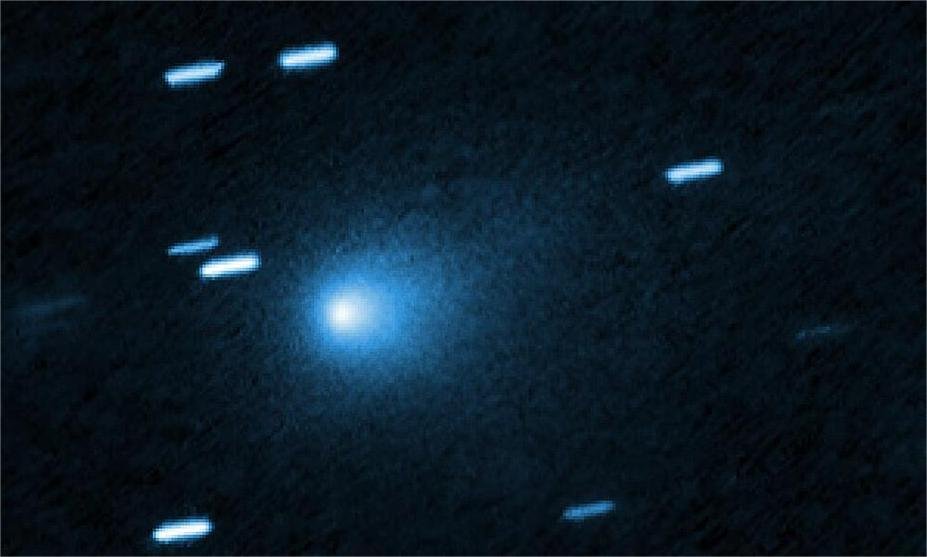The discovery of Comet 3I/ATLAS in July 2025 presented a remarkable event in modern astronomy as the third interstellar object ever detected passing through our solar system. Detected by the NASA-funded Asteroid Terrestrial-impact Last Alert System (ATLAS) telescope in Chile on July 1, 2025, this comet entered our neighborhood from outside the solar system at a fascinatingly high speed of approximately 61 km/s. A key feature that set 3I/ATLAS apart is its hyperbolic trajectory, indicating it originated beyond the sun’s gravitational influence and is now just making a brief, once-in-a-lifetime visit.
Scientists quickly realized the comet’s uniqueness when they traced its orbit backward and found it did not match typical solar system objects—rather it came from interstellar space, having presumably traveled across light years of distance before its arrival. Pre-discovery data from other observatories, including the Zwicky Transient Facility and ATLAS telescopes around the world, helped researchers gather observations dating back to mid-June 2025 to better understand its speed, size, and composition.
Apart from its trajectory and speed, the comet has drawn attention for its complex behavior as it nears perihelion—the closest point to the sun—which occurred around October 29, 2025. Scientists observed the comet developing a distinct tail and ejecting dust and gases typical of cometary activity. However, 3I/ATLAS surprised observers with unusual chemical emissions, notably nickel tetracarbonyl, which is rare in natural celestial bodies and more commonly man-made on Earth, sparking debates about its origin and nature.
The flyby has been monitored by a fleet of powerful telescopes, including the crew of NASA’s Hubble Space Telescope, the Webb Space Telescope, and various Earth-based observatories. The comet passed closest to Mars in early October 2025, allowing Martian orbiters to aid in capturing unprecedented data. Subsequently, the object will bypass Jupiter in early 2026 before disappearing back into the vastness of interstellar space, possibly never to return.
Beyond the scientific insights, 3I/ATLAS has rekindled curiosity and imagination about visitors from far beyond our solar neighborhood. Some scholars have even entertained the controversial theory of the comet being an extraterrestrial probe or probe-like object, citing its unusual acceleration and emissions. Most mainstream scientists, however, view these as natural phenomena resulting from outgassing or solar radiation pressure effects.
The discovery and ongoing observation of Comet 3I/ATLAS underscore the rapid advancements in astronomical detection technology and international collaboration. Each new interstellar visitor is a rare gift, providing vital clues about the composition, history, and dynamics of matter beyond the familiar planets and asteroids of our time. By studying these objects, humanity takes steps toward answering profound questions about our cosmic origins and our place in the universe.

